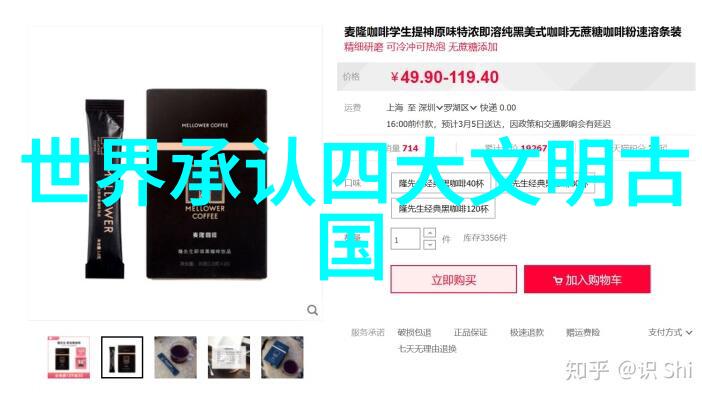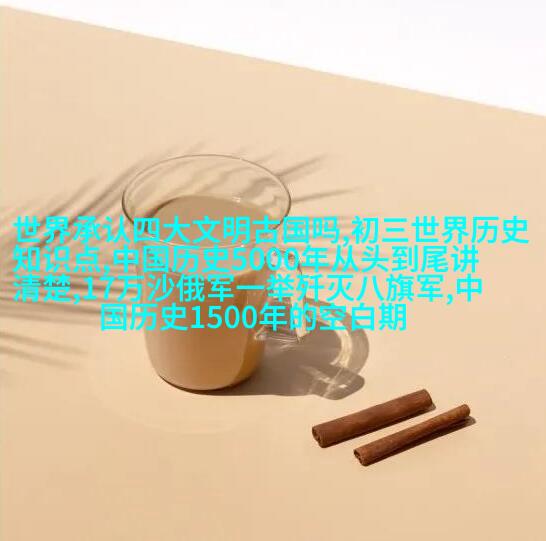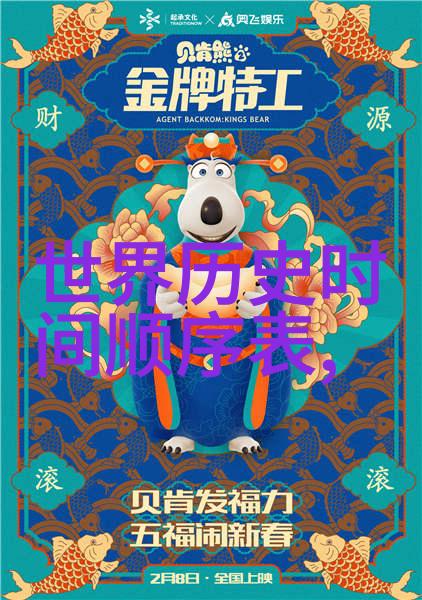在西方世界,情人节(St.Valentine)已成为许多国家的盛事,而近年来,它也逐渐在中国年轻人中流行起来。关于情人节的起源,有多种说法,其中最为广泛传颂的是公元3世纪罗马帝国时期,当时为了强化军队,皇帝Claudius II禁止士兵结婚。教士Valentine不顾禁令,秘密举行婚礼,最终遭到皇帝的处决,死于2月14日,以此纪念他,就有了今天的情人节。

情人的巧克力送礼习惯则源自日本。在日本的情人节与欧美有着不同的风味,不仅仅是情侣之间的交流,而且似乎还包括了更多的人群。在1936年,欧洲的情人们将这个习惯带入日本,并且推荐用巧克力作为告白爱意的礼物。不过据称,那时候卖出的第一个情人节巧克力只有三块。
1958年,一家名为玛丽巧克力的公司,在东京新宿的地标性商店伊势丹百货店推出了“女性向男性赠送巧克力的宣传活动”,鼓励女性在这一天向自己暗恋中的男性表达感情。这一活动利用了一种既能包容当时社会男尊女卑观念,又能够提供女性表达爱意机会的手段,从而使得日本的情人节形成了一种独特文化,即由女性制造出一个表达爱意的机会。

然而,这个习俗最初并不容易普及,因为 females felt shy about expressing their feelings directly. Instead, they would buy multiple chocolates and give them to different men, including one who might be their secret crush. Over time, this evolved into the concept of "obligation chocolates," where people would give candies or other treats to those who had helped them in some way.
In many Japanese companies, it became a custom for female employees to give chocolates to male colleagues on Valentine's Day. This caused much stress and financial burden among women. However, men were not necessarily happy either because they had to return the favor on White Day (March 14th) by giving back gifts worth twice the value of what they received.

So while Valentine's Day brought joy to chocolate manufacturers, it was a stressful time for many others involved.




